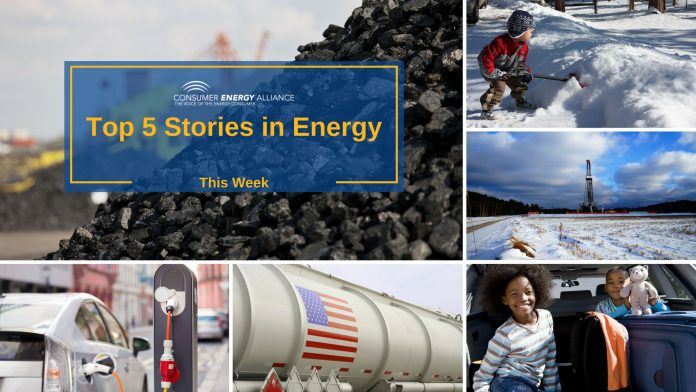
More than 73,000 tons of coal extracted from American mines are on their way to Poland as part of a new trade agreement ironed out by the Trump administration. With European coal prices at historically high levels, the trade deal makes financial sense for Poland and can be considered a political victory for the White House; however, energy analysts have commented that this agreement is being enacted at a time when nearly 20 nations have resolved to phase out their coal energy operations over the next few years.
Millions of American drivers are planning to hit the road this year to visit loved ones, and gas station owners around the country are prepared to welcome them. According to a business forecast recently published by the American Automobile Association, the number of drivers who will travel more than 50 miles during the Thanksgiving holiday will be the highest since 2005. Gas prices are at their highest levels in the last three years and may increase over the next two weeks, but drivers seem to be shrugging this trend.
More homeowners and apartment building managers in the suburban Boroughs of New York City are switching from oil-burning furnaces to gas heating units, and this is part of a trend that has been developing across the United States over the last few years. Less than 10 percent of American households are burning heating oil in the winter time; natural gas extracted from shale deposits, which are plentiful in the U.S., tends to burn cleaner and more efficiently than oil. At a time when OPEC is devising various strategies to boost crude oil prices, gas heating units are considered to be more financially attractive.
Electric and hybrid vehicles are being blamed for the numerous delays in improving the highway infrastructure of Illinois. For nearly three decades, the Illinois state coffers have been filled to the tune of 19 cents per each gallon of gasoline pumped into trucks and automobiles, and most of this revenue has been used to maintain roads and bridges. With more Illinois drivers switching to electric and hybrid vehicles, state officials are trying to figure out their next step. Additional fuel taxes could be forthcoming, but some economist believe that such a move would be an unpopular band-aid. More public transportation projects in urban areas are being considered a better option; at any rate, the tax revenue shortfall is bound to become critical over the next few years.
The dramatic shifts envisioned by the IEA in its World Energy Outlook would transform the U.S. from an energy importer into a major player in global markets capable of producing 30 million barrels of oil and gas a day by 2025. The U.S. surpassed Russia in 2011 to become the world’s top producer of oil and gas, with a current daily output of 24 million barrels. But the expected increase would put the U.S. further into uncharted territory.














